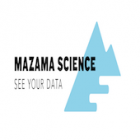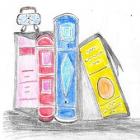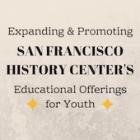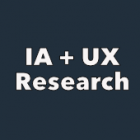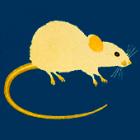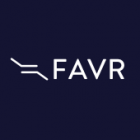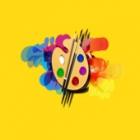Employee Fit
This project aims at helping organizations find the best talent with minimal effort. The idea is to utilize data analytics and machine learning methodologies to identify the common characteristics of the top-performing employees in a company. The project is targeting two main research questions: 1. Finding a good fit employee within the top 5 technology companies 2. Identifying what makes a successful Individual Contributor vs Manager The project concludes that certain features such as title and tenure are strong predictors of top-performing employees in an organization. Good hiring is an essential factor for the growth and success of any company.

